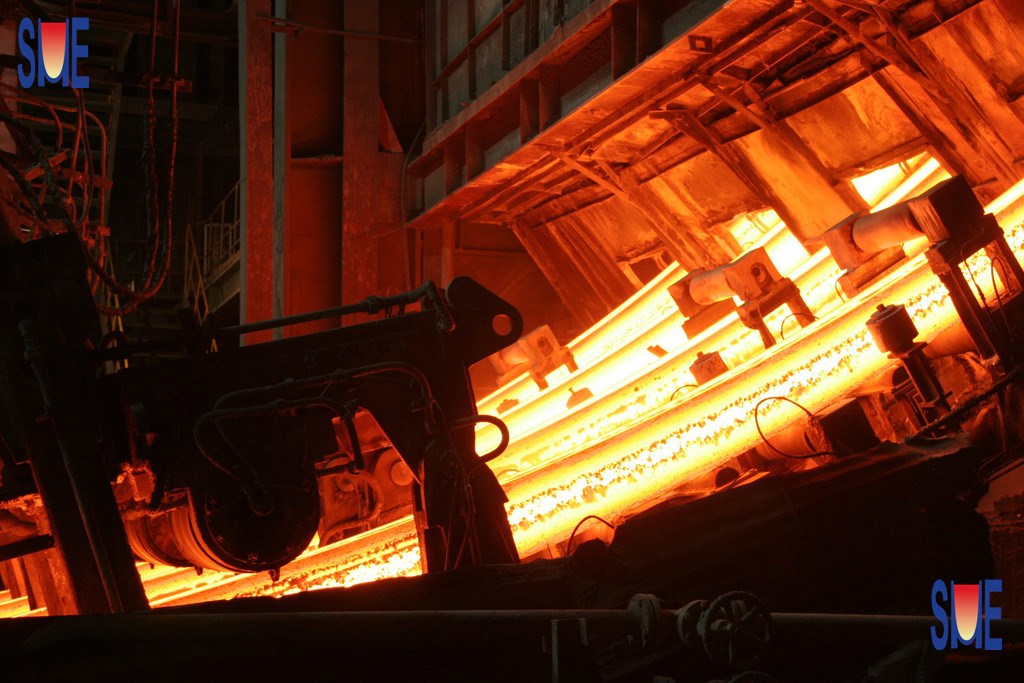The internal quality of the billet refers to the low power structure,component segregation, central loosening, central segregation and cracks. The formation of defects in billet involves the action of heat transfer, mass transfer and stress in solidification. After the billet is thermally processed, some defects can disappear, some are deformed, and some are retained intact to affect the product performance.
The internal defects of the billet are mainly determined by the cooling process of the billet in the secondary cooling zone and the billet support system. Reasonable secondary cooling water distribution, support rolls alignment, and prevention of billet bulging are the prerequisites for improving the internal quality of the billet.
The first thing is to expand the equiaxed zone of the billet to inhibit the growth of columnar crystals. That can reduce central segregation and central sparse.
The use of low superheat steel pouring, electromagnetic stirring and other technologies are effective ways to expand the equiaxed zone.
In the secondary cooling zone, the surface temperature of the billet is uniform distribution, the surface temperature at the straightening point is greater than 900 ℃, as far as possible without liquid core straightening. The distribution of the secondary cooling water is controlled by computer.
In the secondary cooling zone solidification, the stress and deformation of the casting billet is the source of forming cracks. Many factories apply multi-point bending straightening, accurate arc alignment, roll seam alignment and compression casting technology in order to ensure the quality of final products.
Through controlling liquid flow to promote the inclusions to float and improve their distribution. The use of an electromagnetic stirring system of the mould and improving the immersion nozzle are practical and effective.
If you are interested in CCM or steel project, welcome to contact us.
